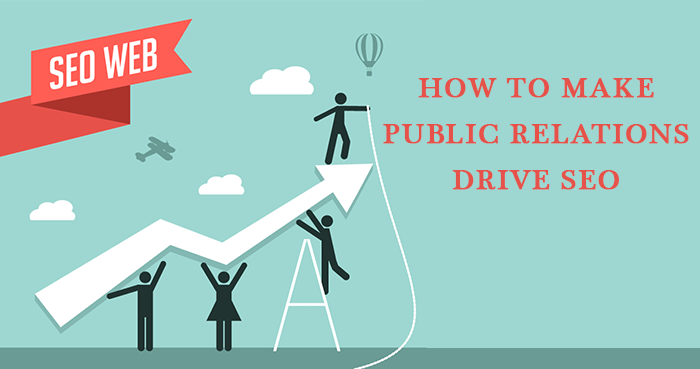How To Make Public Relations Drive SEO
We have dawned upon newer practices that have been disrupting the market for a long while. The current market has grown receptive to include new practices while maintaining the fabric of older customs, creating an all-immersive environ for organizations to thrive on. The world of public relations is greatly benefiting from these as newer verticals of message dissemination have emerged. The internet boom is one of the main factors to be credited, with viral-centric and Search engine optimized (SEO) content on a rise. Yet the biggest contribution comes from a mutually symbiotic discourse between PR and social media. PR and social media are about creating and spreading fame.
Driving awareness and positive impressions rely on being top of mind, being present, and being found and hence, it wouldn’t be the PR firms are realizing the importance to utilizing its practices to drive SEO- and here’s how you can do it too:
1. Align goals across all marketing disciplines Uniformity in message drives home the point- admit it or not. A similar goal across all channels reinforces content, leaving a lasting effect on the consumer. To create an impactful campaign and generate prolific traction, it is important to align goals- to reach the right target.
2. Use SEO and PR to create a persona of the target audience For apt targeting, it is important to create an audience persona and slot accordingly. SEO uses audience research to create personas while PR conducts media research to uncover outlets that reach a brand's target audience. You should combine both insights to create an overall persona- this would help in getting guaranteed results.
3. Coordinate content and keywords across all marketing disciplines As mentioned before, consistency is the key ingredient to success. Brands that have a consistent message are known to thrive well in the business. Keywords and keyword phrases should appear in overall position statements, press releases (including the title), boilerplates, talking points for media interviews, executive bios, FAQ documents; social media profile bios, website meta titles, and descriptions, and website copy.
4. Execute This is the moot point of all the hard work and conversations- the be-all and end-all. Yet, one shouldn’t sit back and relax- search professionals should be using the present PR content to implement SEO, direct link-building, online ads, and other digital work.
5. Analyze and adjust Now is the apt time to analyze and assess the gains and damages done. One should study the end results of all the verticals to come up with ways to reshape the campaign. Conclusion There is a lot of lessons that these two verticals can learn from each other. PR can look at SEO's results and determine which media outlets tend to drive the most website traffic. From PR's results, SEO can learn best-practices for personal outreach and communication, which can then be used in social media and other customer-centric communications. A judicious mix of all components can ensure prolific traction of growth, marking the brand’s success for others to follow.



Comments (0)